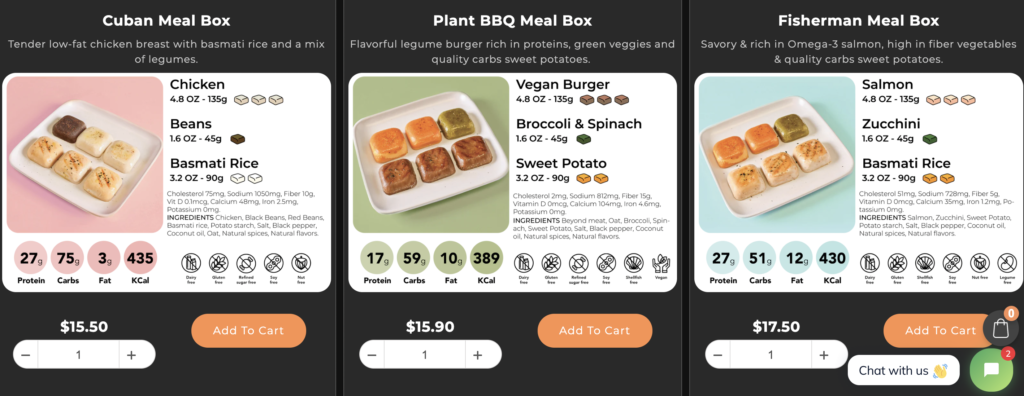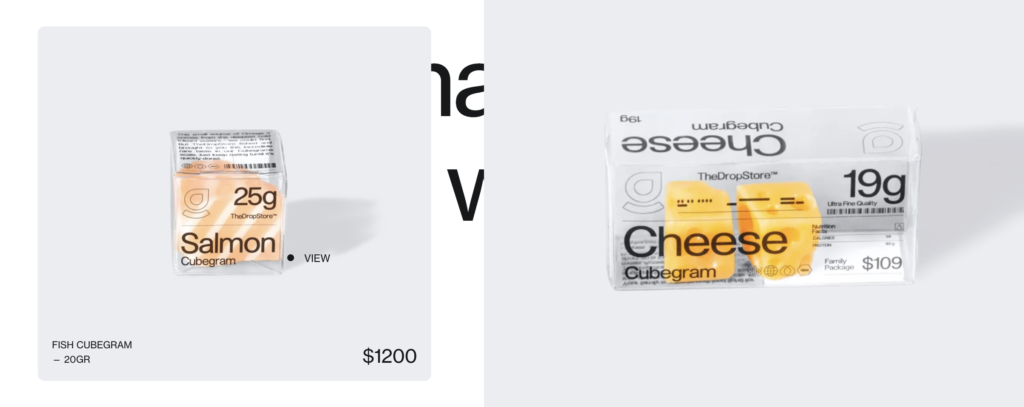Shifting Climates, Shifting Products
28.04.23
“Recording breaking” has become a commonplace descriptor of weather globally. Warmer locales are experiencing snowfall, while colder places go their longest stretch without. The climate crisis, coupled with rising inflation, has driven a consumer desire to get the most out of the products they purchase.
Looking forward, drought, flooding, and fire may cause scarcity of produce and proteins. Whist this is tragic, it leads to an interesting trend of innovating for a world where refrigerators are at the risk of shutting off due to blackouts, vegetables become rare, and heatwaves discourage appliance usage. During Earth Month, we’re looking closely at the relationship between brands, design, and consumers. With our trends expertise and a bit of future-gazing, this piece explores emergent innovations in response to the climate and how they highlight the environmental challenges we face.
What’s happening now…
1. UV Consciousness Fashion:
Formerly synonymous with hiking apparel, Uniqlo is offering a whole line of UV clothing, but the brand highlights fashion first, and function second. And Glamour touts long sleeved women’s swimsuits as a hot item for summer. As UV rays become more powerful and the sun shines more seasons of the year, UV protection is likely to continue to expand beyond sunscreen.
2. Focus on Food Longevity:
SQUAREAT leans on the success of meal kits, but vows its vacuum sealed foods can last for 3-4 weeks. Hellmann’s released a mayonnaise jar with thermogenic ink that indicates when fridge temperature is too high, raising awareness of how improper storage leads to food waste. We see growing concern around food waste as climate change makes items scarcer and inflation becomes ever-present at grocery stores.
3. Growing Cultural Savviness:
Daesang, South Korea’s key kimchi exporter, reported 270% growth in the US from 2019 to 2022; by nature, kimchi keeps a long time. And although not an existing product, The Drop Store sheds light on a grim future where dwindling water supply leaves us to purchase a cube of cheese for $109. Beyond meatless Mondays, growing awareness of shrinking food resources may begin to shift purchasing behaviors.
Hypothesizing the future…
By studying emergent consumer behavior and design choices, we can look toward the challenges of the future, examining how changing climates may influence our everyday needs. In typically dry California, winter storms left 167K without power for 12 hours. In response, will we see food engineered to last longer without refrigeration? Each year holds the record hottest summer. Should we expect a rise in readymade foods that do not require the use of the oven or microwave? With the hole in the ozone layer at its largest, will we see fashion leaning more modestly as a means of protection?
Ingenuity often arises from adversity. We would clearly rather this type of innovation was not necessary, but it could help brands, designers and consumers better acknowledge the pressing need for change.
At The Big Picture, we’re applying a cultural perspective to better understand shifting consumer behavior and how brands can design with this in mind to make a difference.





